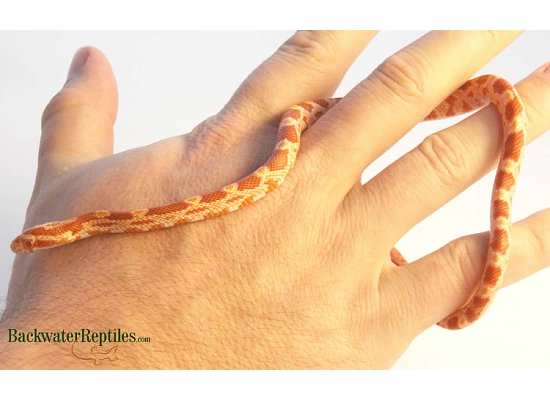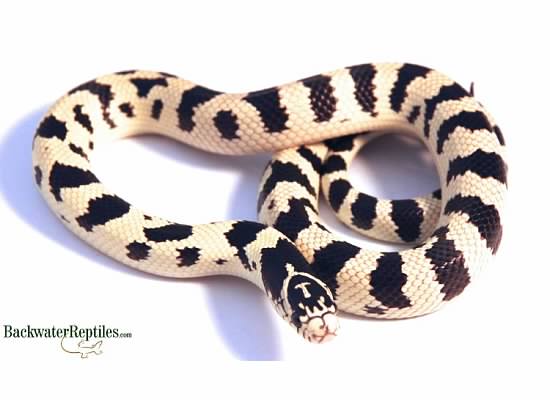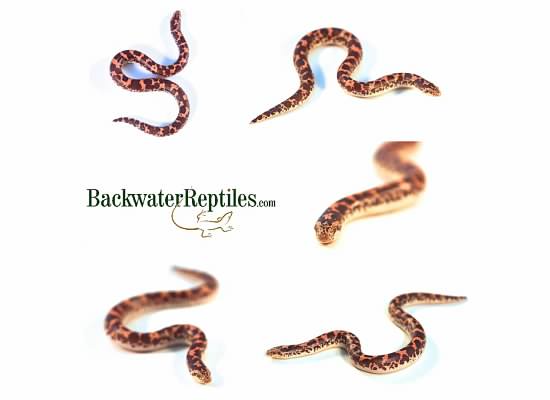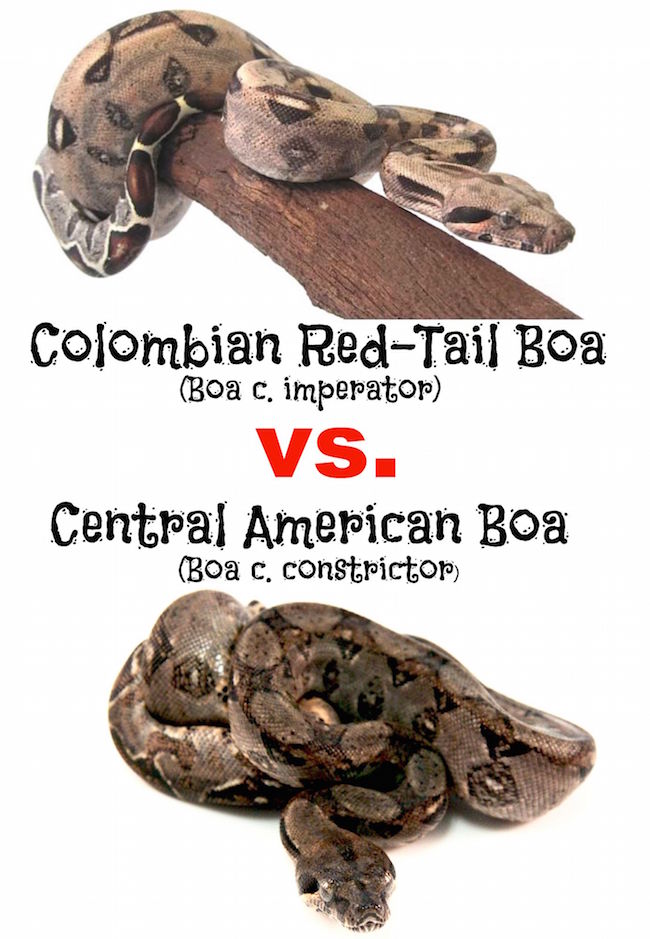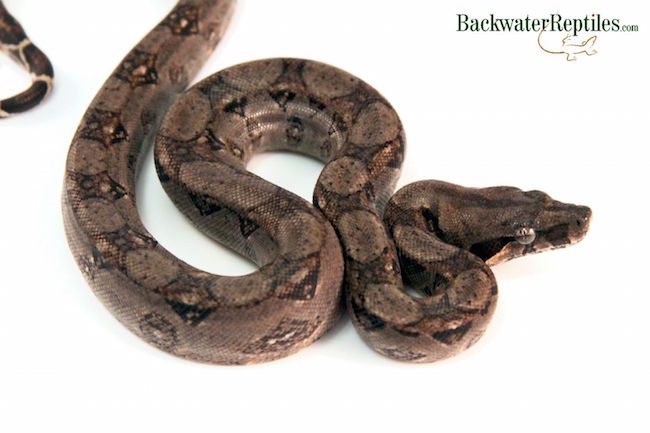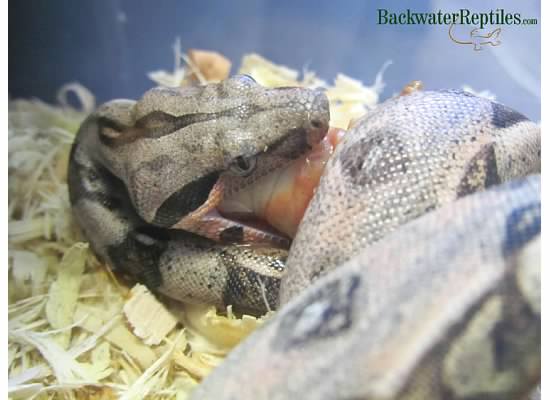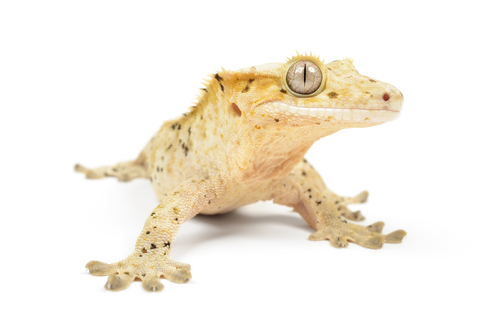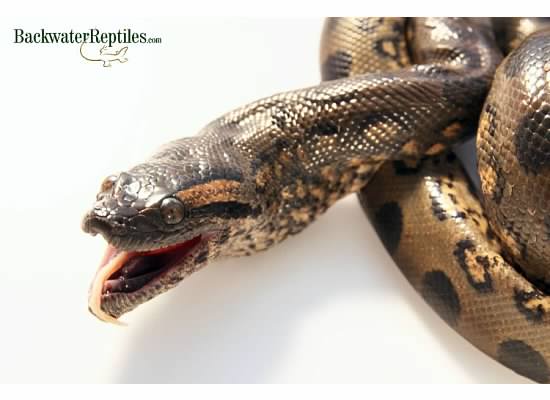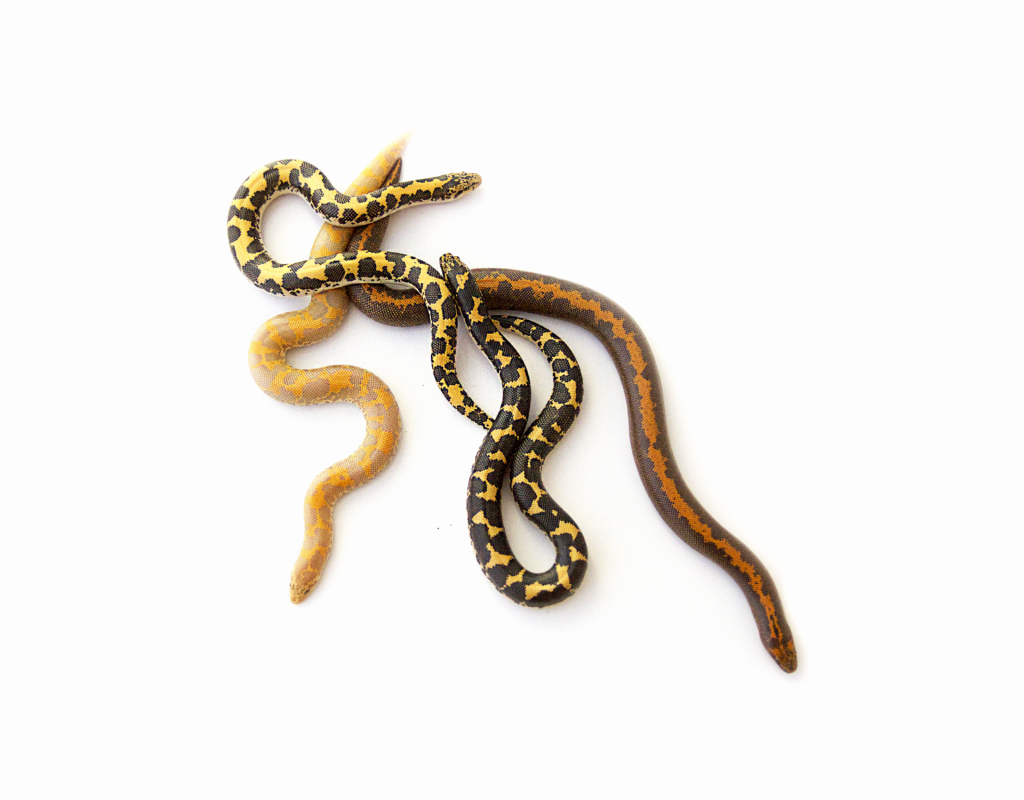Of all the snake species commonly kept as pets, boas are one of the most reputable among hobbyists. These constrictor snakes can attain considerable sizes and are very well-known for being interactive pet snakes.
In this article, we will list our most popular pet boas and touch upon what makes each species unique and special.
Most Popular Pet Boas
Boa Constrictor (Boa c. imperator & Boa c.constrictor)
For the purposes of this list, we have lumped together two very closely related species of boas into a single category since they have exactly the same care requirements and are very similar in appearance as well. If you wish to know all the differences between these two boa constrictor species, we did devote an entire blog article to it that you can find here.
Herp enthusiasts know that when people think of a boa constrictor snake, these two species are the animal they picture. In other words, these boas are what we would think of as a “classic” boa.

Boa constrictors have been captive bred for many generations. This means that they are very healthy animals free of parasites, are fairly used to human handling, and also come in a variety of color morphs. All of these factors play into this snake’s popularity within the world of pet reptiles.
A typical boa constrictor will grow to be anywhere from five to seven feet long. Females are generally larger than males. You can expect your pet boa to live anywhere from twenty to thirty years, although there have been recorded cases of boas living to beyond forty years old!
It’s common to keep a boa constrictor in a glass tank with a screen top lid. Be sure that the cage is appropriately-sized for the animal. Young snakes do not require a large enclosure, but full-grown animals should have homes that are at least four feet long and two feet wide.
Brazilian Rainbow Boa (Epicrates cenchria)
The Brazilian rainbow boa is very aptly named. It has often times been dubbed “the most beautiful snake in the world” due to its unique color scheme. These boas tend to be a rusty orange or red color with dark black accent rings and spots. But what really turns heads and gives this snake so many admirers is its iridescent, rainbow sheen. Brazilian rainbow boas are just gorgeous to look at, especially if you take one outside and allow the sun to reflect off its scales.
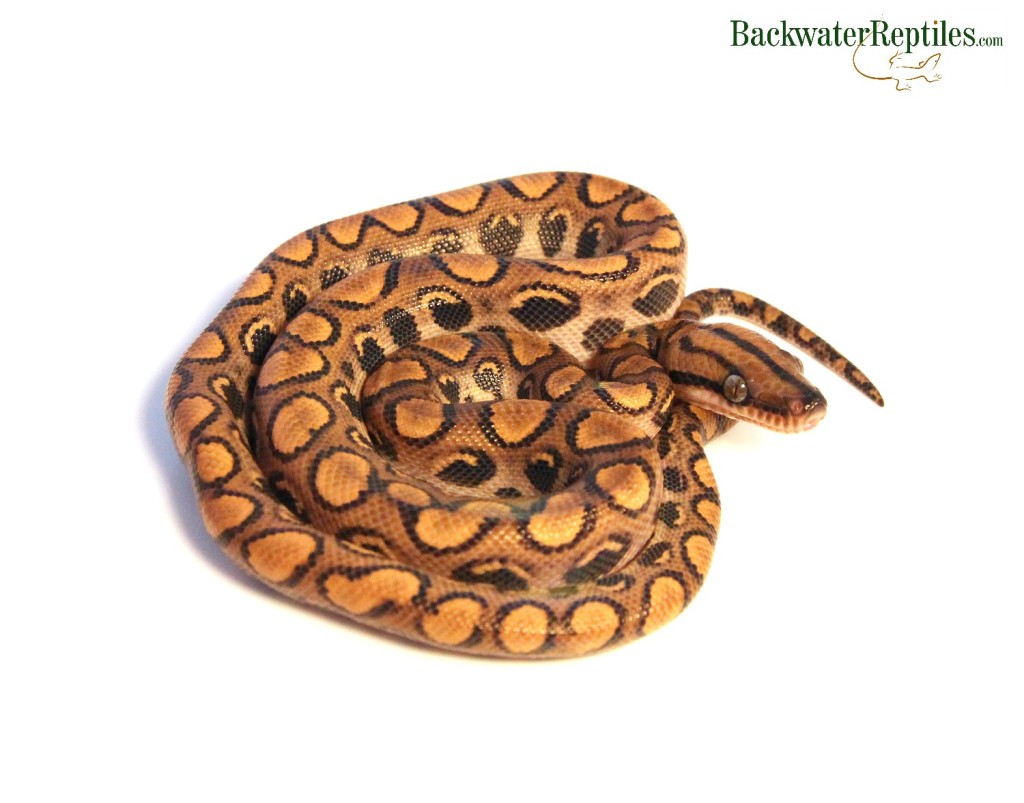
Brazilian rainbow boas are moderately-sized animals. Babies start out around eight to twelve inches long. Adult snakes will grow to be anywhere between five and six feet long. Females tend to be larger than males. You can expect your pet Brazilian rainbow boa to live between ten and twenty years.
Rainbow boas are primarily nocturnal animals, so it’s important to provide a day/night cycle. And in order to get your boa’s iridescence to really shine through, we recommend placing a low-wattage incandescent light on one side of the cage. This will really bring out the shine in its scales.
Kenyan Sand Boa (Eryx c. loveridgei)
Kenyan sand boas are the smallest of the boa species on this list. They will only attain lengths of approximately two feet at most. As is the case with most boa species, the females tend to be larger than the males, who rarely surpass twenty inches in length.
This species of boa is a burrower and is known for being shy and secretive. However, we’d like to mention that although they prefer to hide, they are overall a very docile species that takes well to human interaction.
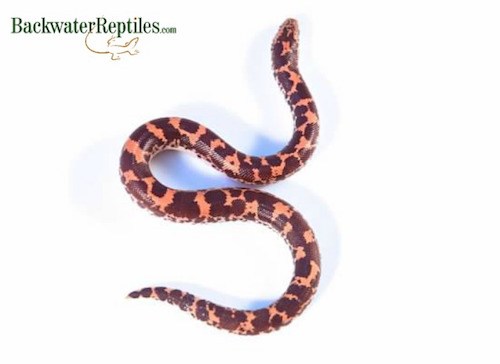
When considering a Kenyan sand boa as a pet, you need to think long term. Although this is a fairly small species with minimal care requirements, they do live for a very long time. With proper care and husbandry, a typical sand boa will live for around twenty years, although there have been reports of snakes living well into their thirties!
Conclusion – Most Popular Pet Boas
Any of the three species of boas listed in this article would make a great addition to any snake fan’s collection. They are all very interactive snakes with generally good dispositions. We would recommend them for both beginners and experienced herpers alike.
If you are interested in a pet boa constrictor, Brazilian rainbow boa, or Kenyan sand boa, Backwater Reptiles has got you covered! We hope you are more informed about the most popular pet boas in the world, and feel confident making a decision upon which species is right for you.


